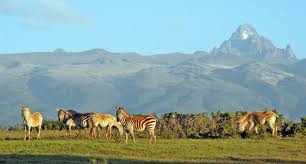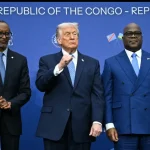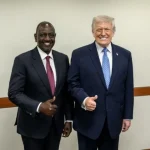The Kenya Wildlife Service (KWS) announcement of revised park entry fees, effective October 1, represents more than a simple price change; it is a critical strategic move for securing the future of Kenya’s natural heritage. For those of us dedicated to the preservation of Kenya’s biodiversity, this decision is a significant step towards building a resilient and self-sustaining conservation model.
This fee restructure is a direct response to the escalating costs of protecting Kenya’s iconic wildlife and managing fragile ecosystems. It’s an investment in the very resources that make our national parks and reserves world-renowned.
Deconstructing the Fee Increase: Where Your Money Goes
When you pay the new park entry fee, you are becoming an active participant in conservation. The additional revenue is earmarked for several pivotal areas:
-
Enhanced Anti-Poaching Operations: Funding for advanced surveillance technology (drones, night-vision equipment), specialized training for rangers, and increased patrols in key areas to protect elephants, rhinos, and other vulnerable species.
-
Ecosystem and Habitat Management: Critical interventions like managing invasive species, ensuring water availability during droughts, and combating habitat fragmentation, which is crucial for species like the Grevy’s zebra and the hirola antelope.
-
Human-Wildlife Conflict Mitigation: Investing in the construction of predator-proof bomas, developing early warning systems, and compensating affected communities, which is essential for fostering coexistence between people and wildlife.
-
Community Wildlife Conservancy Support: Strengthening the vital partnership with local communities by ensuring they derive tangible benefits from conservation, turning them from bystanders into active guardians of wildlife.
A Necessary Step for a Sustainable Future
Kenya’s wildlife faces unprecedented challenges from climate change, human population pressure, and illicit wildlife trade. The previous fee structure, unchanged for years, was insufficient to meet these complex demands. This revision is not merely an administrative update but a necessary recalibration to ensure that:
-
The Maasai Mara continues to host the Great Migration sustainably.
-
The black rhino populations in parks like Nairobi and Nakuru continue their remarkable recovery.
-
The ancient elephant corridors in the Tsavo-Amboseli ecosystem are secured.
Your Role as a Conservation Partner
Whether you are a Kenyan citizen, an East African resident, or an international visitor, your entry fee is a direct contribution to this mission. It is a recognition that the true value of a safari is not just in the photographs you take, but in the assurance that the landscapes and animals you witness will thrive for generations.
We encourage all stakeholders—tour operators, conservation NGOs, and the general public—to view this not as a cost, but as a crucial investment. The long-term survival of Kenya’s natural capital depends on such bold, forward-thinking decisions.










